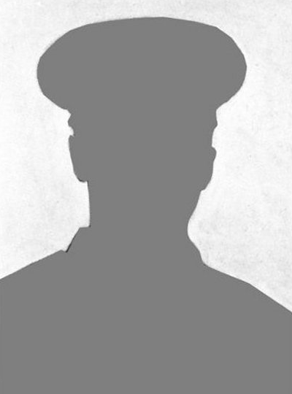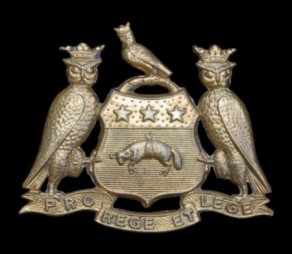Main CPGW Record
Surname: BUSH
Forename(s): John
Place of Birth: Clitheroe, Lancashire
Service No: 18/1221
Rank: Private
Regiment / Corps / Service: Prince of Wales’s Own (West Yorkshire Regiment)
Battalion / Unit: 15th/17th Battalion
Division: 31st Division
Age: ---
Date of Death: 1918-04-12
Awards: ---
CWGC Grave / Memorial Reference: Panel 3 and 4.
CWGC Cemetery: ---
CWGC Memorial: PLOEGSTEERT MEMORIAL
Non-CWGC Burial: ---
Local War Memorial: BARNOLDSWICK, YORKSHIRE
Additional Information:
John Bush was the son of John and Margaret Bush, née Poole. John, senior, was born at Holme, Westmorland and Margaret at Bentham, Yorkshire.
1891 Clitheroe, Lancashire Census: 9, Chatburn Road - John Bush, aged 7 years, born Clitheroe, son of John and Margaret Bush.
1901 Clitheroe, Lancashire Census: 20, Eshton Terrace - John Bush, aged 17 years, born Clitheroe, son of John and Margaret Bush.
1911 Barnoldswick, Yorkshire Census: 29, Ivy Terrace - John Bush, aged 28 years, born Clitheroe, Lancashire. [John and his sister Margaret were living with their brother, Robert and sister-in-law, Annie Amelia Bush.]
British Army WW1 Medal Rolls Index Cards: Pte John Bush, 18/1221, West Yorkshire Regiment. Theatre of War first served in: (3) Egypt. Date of entry therein: 6 December 1915.
British Army WW1 Medal and Award Rolls: Pte John Bush, 18/1221, 18th W. Yks.; 18/1221, 15/17 W. Yks. Killed in Action 12.4.18.
Army Registers of Soldiers' Effects: Pte John Bush, 18/1221, 15/17th Bn W. Yorks. Date and Place of Death: 12.4.18. France. To whom Authorised/Amount Authorised: Brother - Robert. £1 0s. 11d. Brother - Daniel. £12 4s. 11d. Brother - Christopher M. £1 0s. 11d. Brother - James H. £1 0s. 11d. Reld[?] Sister - Margaret. £3 16s. 11d.
UK, WW1 Pension Ledgers and Index Cards, 1914-1923: card(s) for John not found.
John was probably transferred to the 15th/17th Bn when the 18th (Service) Bn Prince of Wales's Own (West Yorkshire Regiment) (2nd Bradford), known as the 2nd Bradford Pals, was disbanded on the 15 February 1918.
The 15th (Service) Bn Prince of Wales's Own (West Yorkshire Regiment) (1st Leeds), informally known as the Leeds Pals, were amalgamated with the 17th (Service) Bn Prince of Wales's Own (West Yorkshire Regiment) (2nd Leeds) to form the 15th/17th Battalion on the 7 December 1917.
John is commemorated on the Clitheroe War Memorial.
A short biography of John is included in: ‘Barnoldswick – A small Town’s part in conflicts 1800 to 2014’ by Peter Ian Thompson (2014).
Data Source: Local War Memorial
---
Entry in West Yorkshire Pioneer Illustrated War Record: ---
---


Regiment / Corps / Service Badge: Prince of Wales’s Own (West Yorkshire Regiment)

Divisional Sign / Service Insignia: 31st Division
---
---
---
Comment on this Soldier Record
You can leave comments on this soldier record. Please note all comments will be manually approved before they appear on the website.




No comments yet.